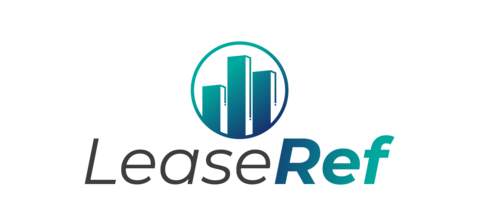It can be easy for business owners to focus on the initial rental rate when signing a lease, but long-term costs can make for unwelcomed surprises down the road. A great example of this is the rent escalation clause. It determines how and when rent will increase over time.
Landlords include escalation clauses to offset inflation, cover rising operating costs, and maintain profitability over longer term lease agreements. For tenants, these increases can add up quickly, turning an easily affordable lease into a heavy financial burden if not planned for in advance.
To help tenants forecast future lease costs, we’ve created a rent escalation calculator. This tool allows you to enter your initial rent, annual percentage increase, and lease term to see how much your rent will cost at the end of your lease period.
How to Use Our Rent Escalation Calculator
Enter the following details:
- Initial Rent ($ per month): The amount you are currently paying.
- Annual Rent Increase (%): The percentage by which rent increases each year.
- Lease Term (Years): The total number of years covered by the lease.
For example, if a business signs a lease with an initial rent of $2,000, an annual increase of 5%, and a lease term of three years, the final rent amount at the end of the lease will be $2,315.25.
Types of Rent Escalation Clauses
Not all rent increases follow the same structure. The method used will depend on the terms outlined in the lease agreement.
Fixed Percentage Increase
A set percentage increase is applied to the rent annually, typically ranging between 3% and 5%. If a lease starts at $2,000 per month and increases by 4% each year, the rent would rise to $2,080 in year two, $2,163 in year three, and so on.
Consumer Price Index (CPI) Increase
Some leases tie rent increases to the rate of inflation as measured by the Consumer Price Index (CPI) (an example of this is the index lease). If inflation rises by 6% in a given year, rent increases by the same amount. This method can be unpredictable, as inflation rates fluctuate.
Operating Expense Pass-Throughs
Instead of a standard percentage increase, some landlords pass along increases in property taxes, insurance, and maintenance costs directly to tenants. If property taxes rise by $5,000 annually, tenants share that cost based on their proportion of leased space.
Stepped Increases
Rather than increasing every year, rent adjustments occur at specific points in the lease. For instance, a five-year lease may include rent increases every two years instead of annually.
Rent escalation clauses are a standard part of commercial leases, but they can significantly impact long-term costs. Make sure you know what the clause says so that you can have an accurate accounting of where your money is going.



